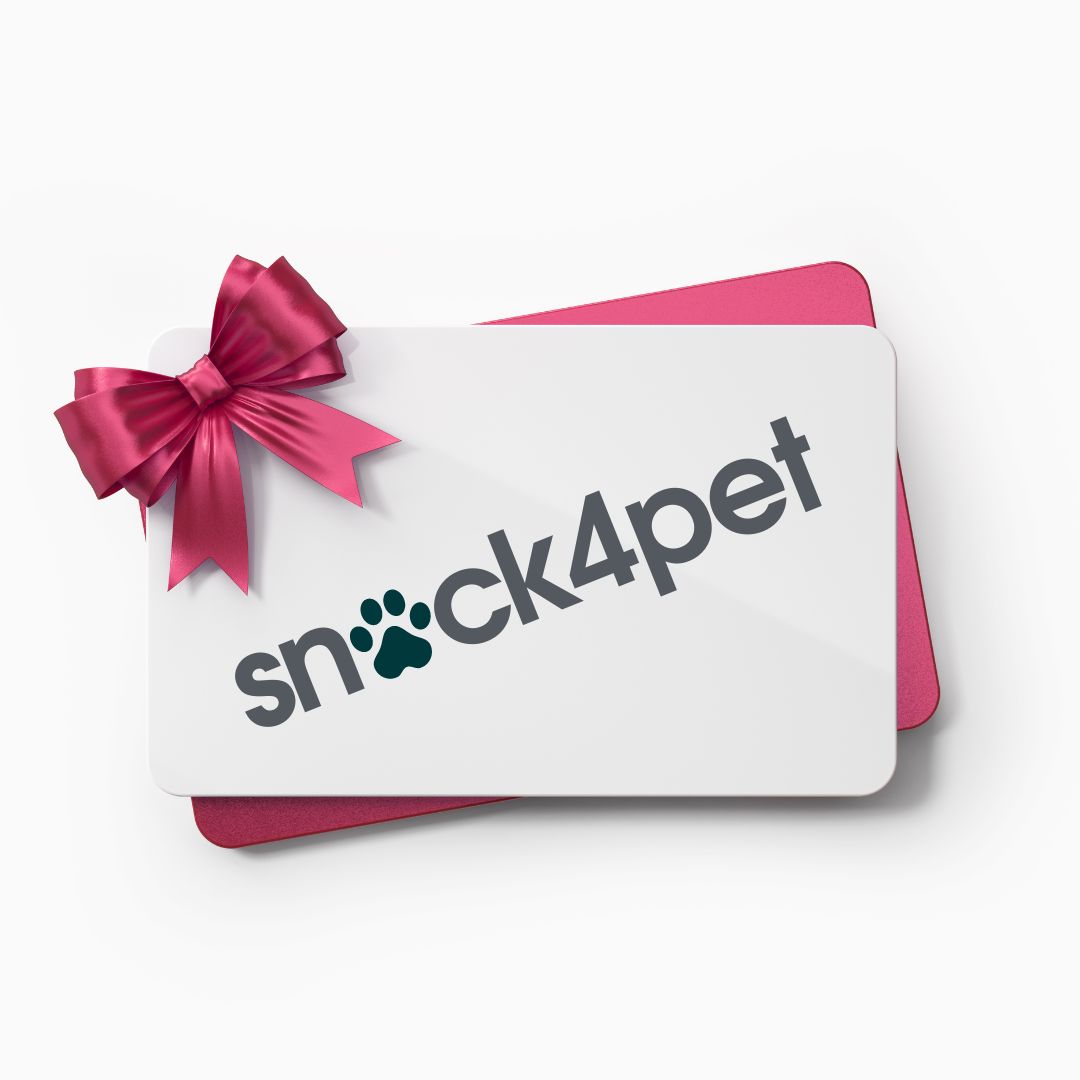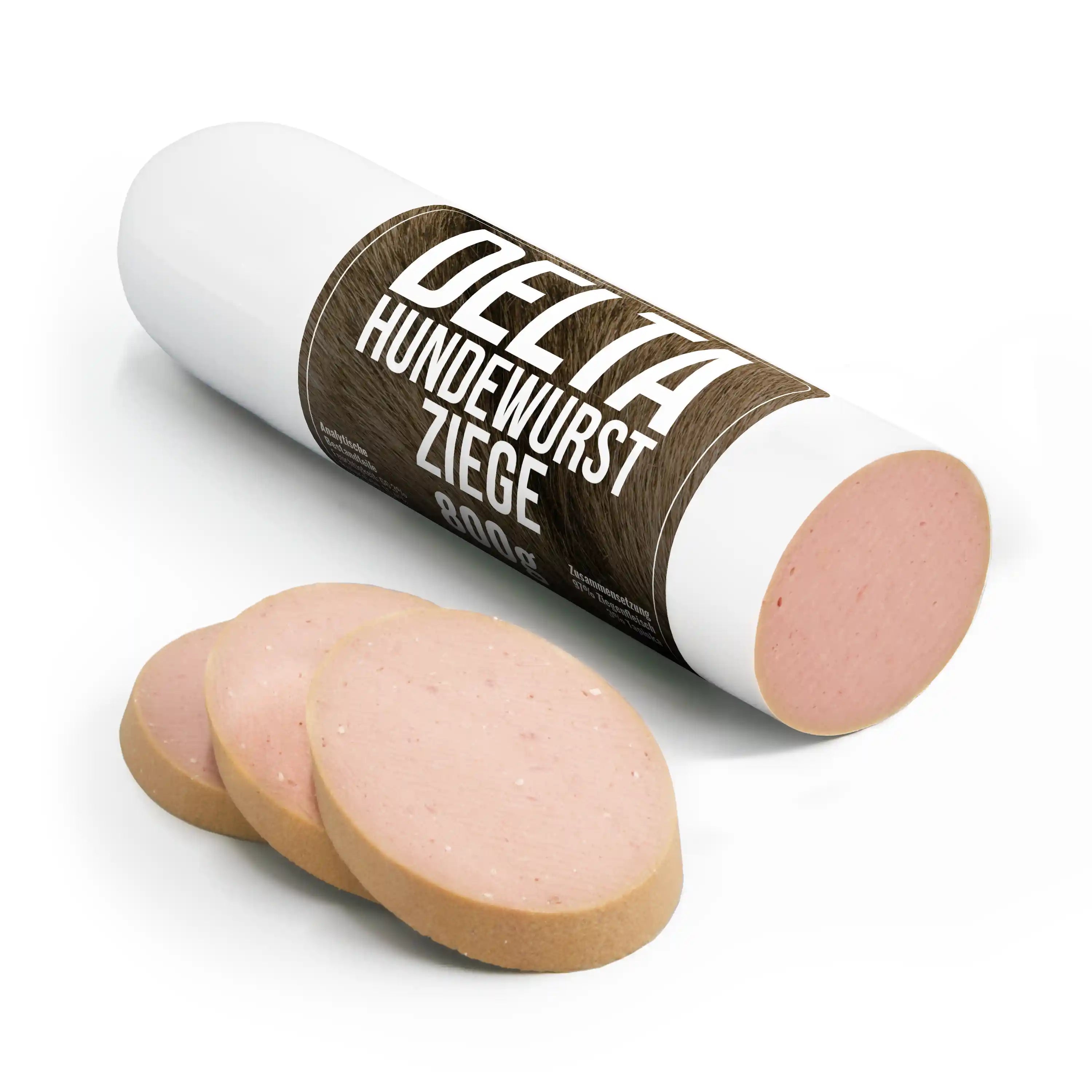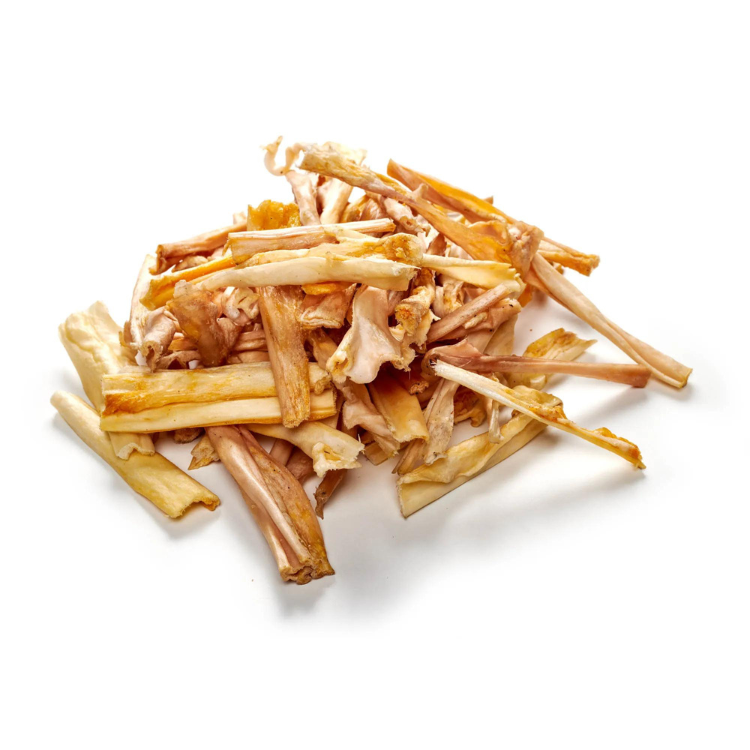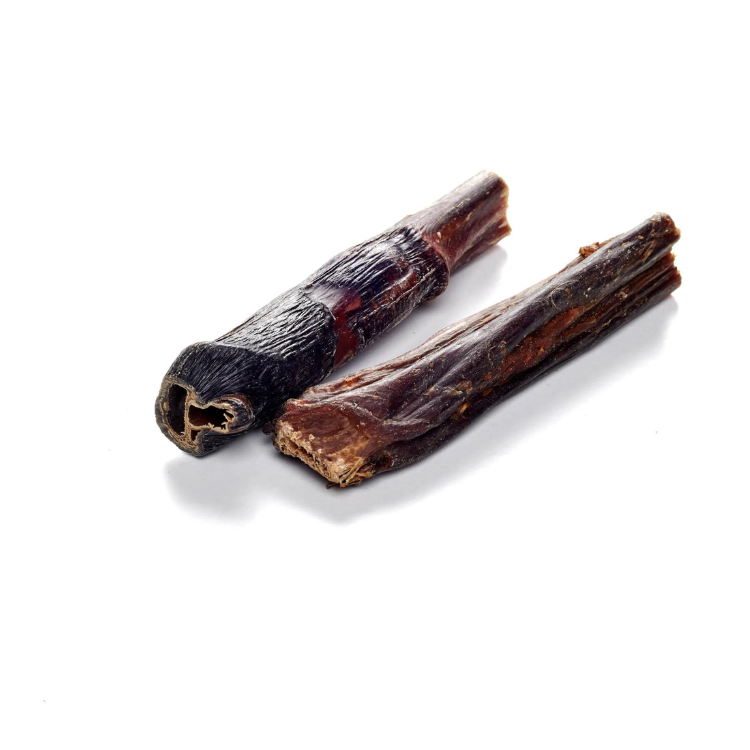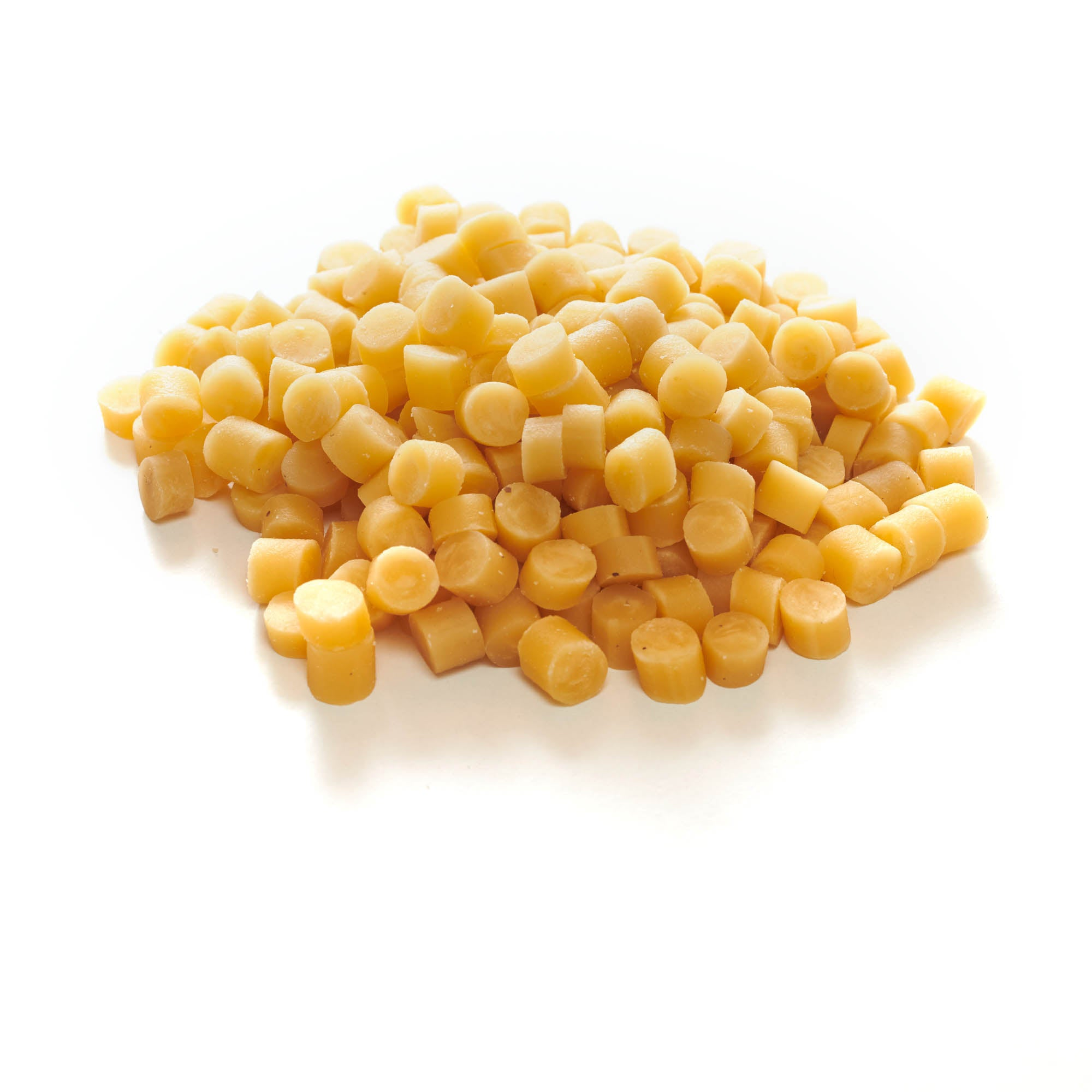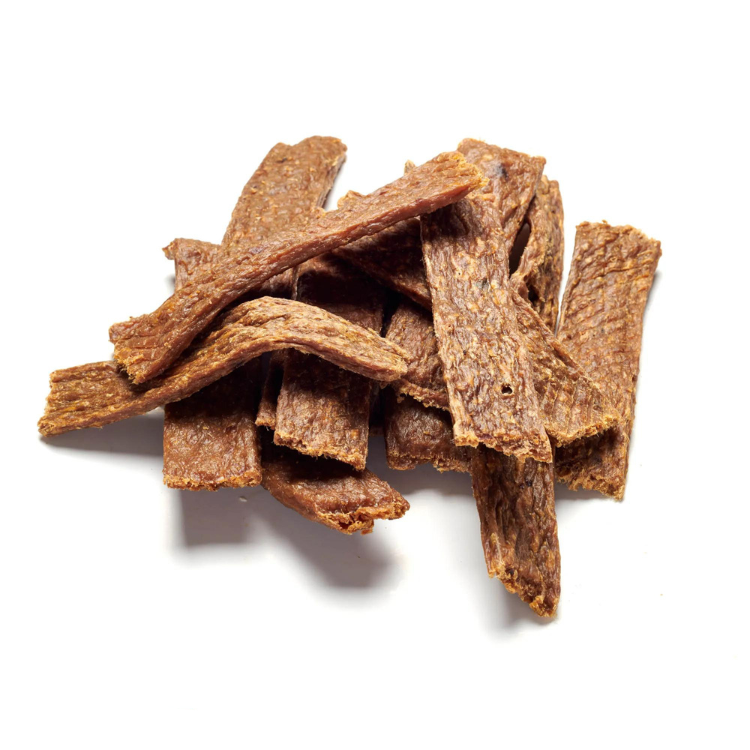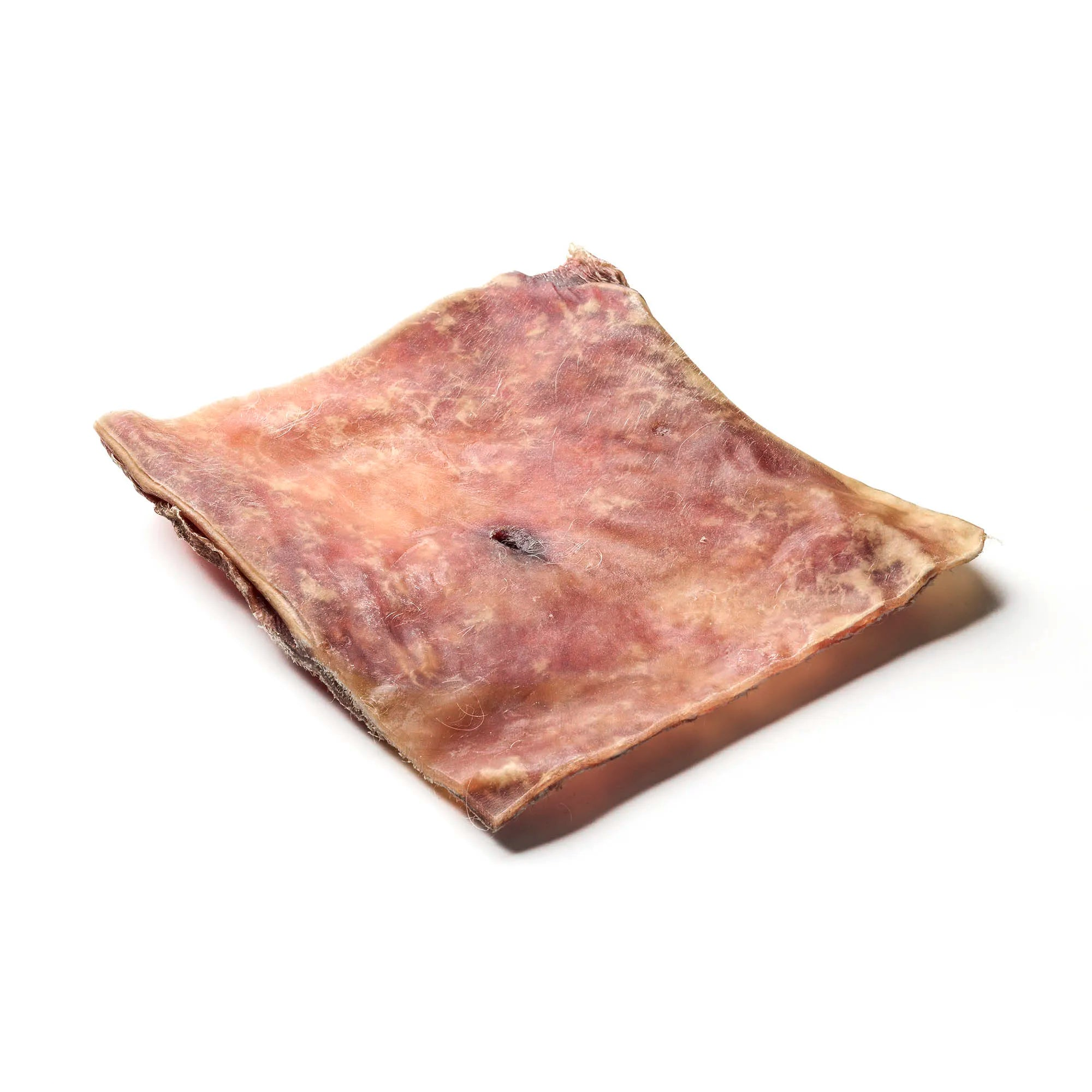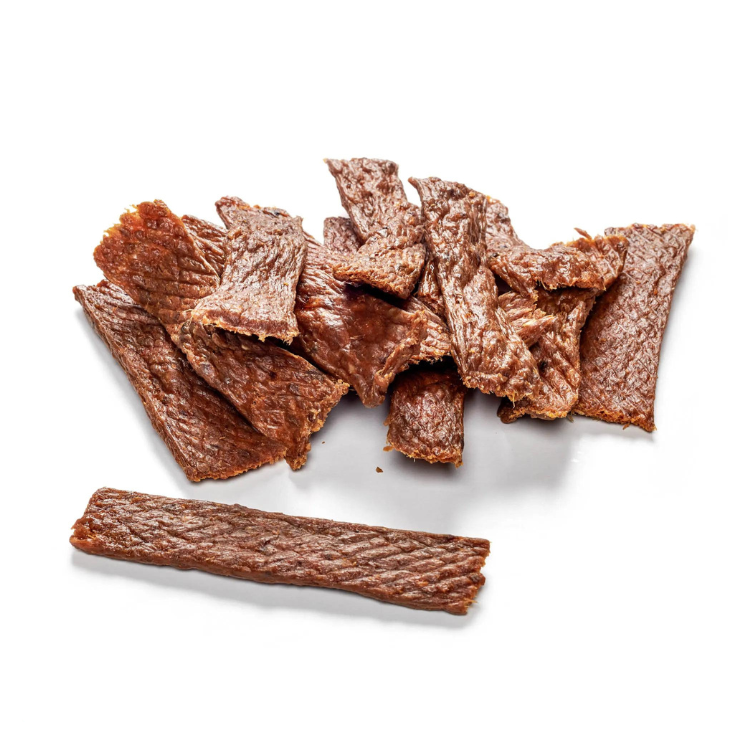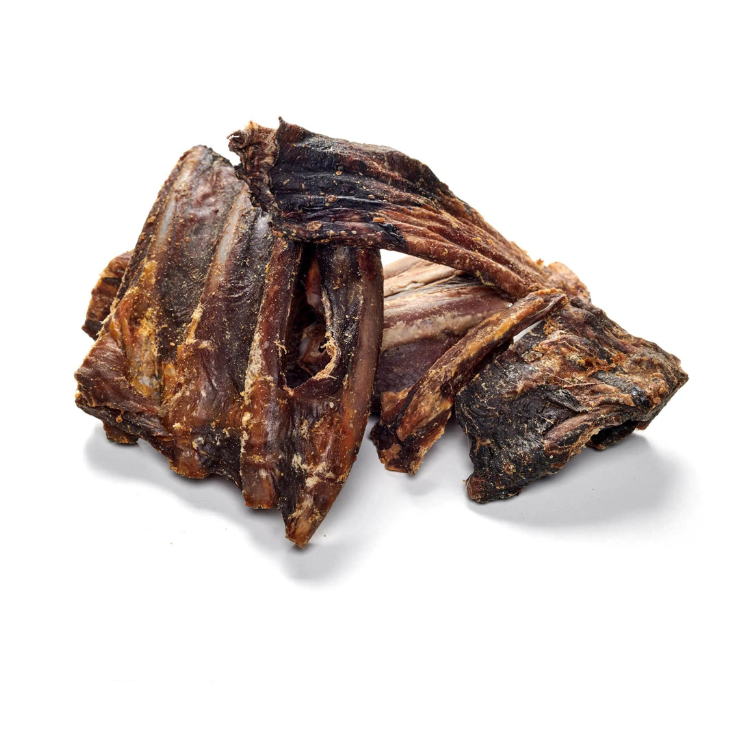
Czechoslovakian wolfhound
Share
The mixture of a German shepherd and the Carpathian wolf has resulted in a shy but very interesting working dog. The Czechoslovakian wolfdog probably has the highest proportion of wolf genes among the recognized ones. Its nature is extremely intelligent and brave but also shy and distrustful. You can tell that there is still a wild animal deep inside the animals.
Content: Czechoslovakian Wolfdog
- profile
- Special features
- Nutrition
- Health and care
- Origin & History
- The right accessories
- Conclusion
Treat your dog to something special with our chew products!
Czechoslovakian Wolfdog - Profile
- Character: Temperamental, active, docile, quick to react, loyal
- Size: Large
- Height: 60-65cm
- Weight: 20-26 kg
- Life expectancy: 13-16 years
- Coat type: Medium-length thick coat, dense undercoat
- Colour: yellow-grey to silver-grey, light mask and neck area
- Special features: Only approved wolfhound
- FCI Group: Herding and Cattle Dogs – Sheepdogs
Czechoslovakian Wolfdog - Special Characteristics
The Czechoslovakian Wolfdog is a large, shapely dog with a medium-thick, dense coat, a long head and pointed ears. Externally, the dog is almost indistinguishable from a wolf. Its coloring is in shades of gray with a light mask and lighter parts in the neck and chest area. Dark gray coloring is also permitted in combination with a light mask.
The dog is domesticated on the inside, but you can also sense the presence of a wild animal. The wolfhound is very suspicious and shy, but with good socialization and consistent training it becomes an extremely loyal animal. A strong pack animal comes through here, which integrates into its family and stands up for the members of the pack. Like many wild animals, the dog is overwhelmed by too much hustle and bustle. It likes to take stock of the situation. However, a high level of stress does not mean that the animal lacks courage. On the contrary! Czechoslovakian wolfhounds are considered to be particularly brave animals.
One thing is certain: only very experienced dog owners should dare to take on this dog. This wolf-like companion is only recommended to a limited extent as a family dog. The noise level of a family atmosphere can quickly become too much for dogs. Active activities are also important for these dogs. Long hikes in nature, bike rides and long daily walks are a must with the dog! In order to make its hunting instinct and complex nature suitable for social life, it needs patient, consistent and thoughtful training.
Czechoslovakian Wolfdog - What should be considered regarding nutrition?
Czechoslovakian Wolfdogs are very active and therefore need a lot of energy. It is best to choose a food mix that contains around 80% meat and the rest consists of fruit and vegetables as well as rich fats. Sugar and grains should definitely be avoided in dogs' diets. The amount of food depends on the age, size, weight and activity of the dog. In general, dogs are not very picky when it comes to food. You can choose either dry or wet food for the wolfdog. Just see what tastes better. Of course, Czechoslovakian Wolfdogs can also be fed wonderfully with biologically appropriate raw food ( BARF ). However, you should find out as much as you can about this and, if necessary, ask your vet for advice.
Pamper your dog with our chew products!
Czechoslovakian Wolfdog - Health and Care
Caring for Czechoslovakian Border Dogs begins with regular coat care. With these dogs in particular, you should make sure that the four-legged friend relaxes when being brushed. The wolfhound sheds its coat twice a year. During this time, the animal must be brushed thoroughly every day. The coat does not tend to get dirty and is rarely matted.
Apart from grooming, the dog must be checked regularly for ticks. In addition, the eyes, ears, teeth and claws should be checked regularly and cared for if necessary. The dog should be visited by a vet once a year for a routine check-up. This includes vaccinations and deworming .
Czechoslovakian Wolfdog - The right accessories
The following basic equipment is the most important for keeping a Czechoslovakian Wolfdog: water and food bowls, a dog basket, leash, collar or harness and a first aid kit for dogs. You also need a good brush, preferably made of natural bristles. As a rule, you can leave it at that. Of course, you can also bring the dog a toy. However, dogs are rarely impressed by this. It is better to take your dog to dog school and give him physical and mental exercise.
Czechoslovakian Wolfdog - Origin & History
The Czechoslovakian Wolfdogs were bred in the 1950s by the then CSSR in a biological experimental project. The aim was to create a powerful working dog. This was to combine the positive and useful characteristics of the Carpathian wolves with the extremely popular skills of the German Shepherd dogs. Even though the project was successful overall and the mix was quickly trainable, it quickly became apparent that the dogs were not suitable for use in the army. Their shyness and flight instinct made them unsuitable for use as border dogs. The breed was further consolidated and preserved by private breeders. In 1999, the FCI recognized the Czechoslovakian Wolfdogs as a separate breed.
Enjoy moments together with our delicious dog chews!

